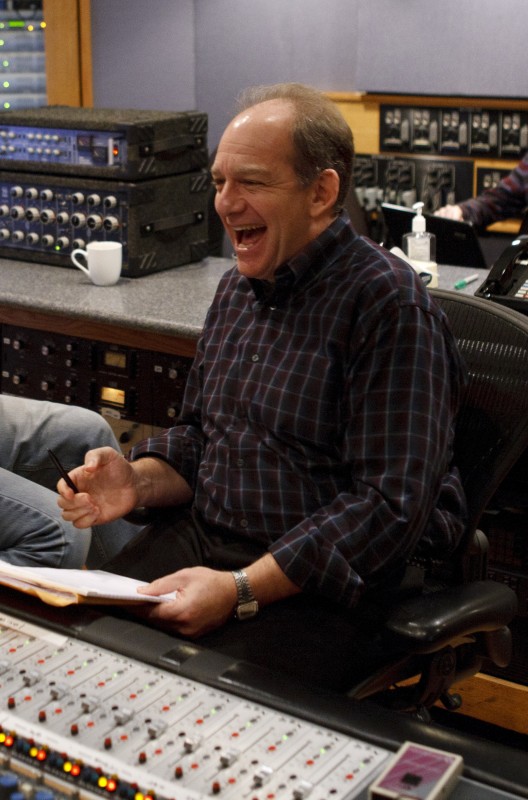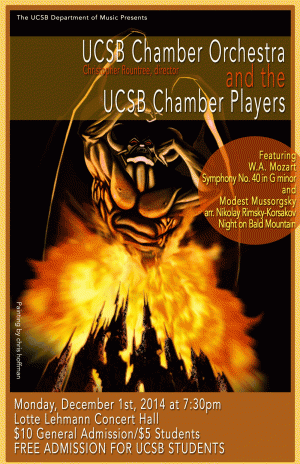Welcome to Azeem Ward’s Recital Preview!
My friend and orchestra-mate Azeem Ward woke up the other day as famous guy. It turned out that just about everyone who’s anyone in Great Britain is interested in attending his senior flute recital. And with good reason — his recital promises to be one of the best of the SoCal recital season! Also, there will be cookies. I told my mom to bring some extras.
Since Azeem has a handy-dandy Facebook invitation page, I already know what he’s likely to play even without an early-release program. So without further ado, here’s the line-up:
François Devienne Concerto No. 7
François Devienne was born in 1859 to a saddlemaker in Joinville, Haute-Marne, in the north-east of France. As the last of fourteen children, Devienne was likely free to choose a career path. A stint in the church choir led this tireless man into a path that led ultimately to the founding of the Conservatoire de Paris. He died at the age of 44, perhaps as some say, from overwork. In his short life, he wrote instructional materials as well as hundreds of works for flute and other instruments.

If you haven’t heard François Devienne’s Concerto No. 7 in E Minor, you are missing out on a wonderful piece. It’s a frolicking tune that will leave you feeling more cheerful than you’ve felt for a while. You will whistle it in the car after hearing it once, the themes of the first movement are that catchy. But don’t let first impressions sway.
The sweet and melodic Allegro leads into a gentle and almost tender Adaggio that gradually increases complexity, rounding into a sea of romantic lyricism that takes your breath away. But Azeem will still have breath left, and you will be left wondering what the rest of the concert holds!
Maybe there will be a cadenza, I hope so. We’ll have to wait and see!
The closing movement is Rondo Allegretto Poco Moderato. As Poco Moderato as you can get with flurry after flurry after flurry of 32nd notes. Were you invited to Azeem Ward’s Senior Flute Recital? Poco Moderato at the speed of light may be why.
Philippe Gaubert’s Sonata No.3 in G Major
Philippe Gaubert was born 20 years after François Devienne, and lived well into the middle of the 20th century. This celebrated artiste was Principal Conductor at the Paris Opéra, a composer, and Professor of Flute at the Paris Conservatory. While individually not the most inventive of composers, his work draws from and reflects the rich and fully developed musical tapestry originating toward the end of the late romantic period. Gaubert’s Sonata No. 3 was composed in 1933.

The Allegretto opens the sonata with a peaceful and relaxed exposition. There is only the slightest hint of the complexity we will soon enough encounter. This soothing movement ends on an optimistic high note.
The sonata’s second movement begins nicely enough, as well. It is an Intermède Pastoral, sweet dinner music Très modéré , however it soon takes a turn into a slightly more haunting style. It’s a winding piece layered with infinite patience. It asks us to believe that there are answers out there, answers to the big questions about creation, meaning, purpose.
Although we follow each nuanced ribbon, each tangential thematic idea, we are eventually left with even more questions about the nature of being than we started off with. In this sense, the sonata has a much more introspective appeal than most you will hear, because what you bring to the piece is a large part of what you will receive from it.
In this spirit, the final movement, styled as Joyeux Allegretto, reaches out to us. Why must there be answers? Why not just celebrate the day, the sunshine, the grasses, the rain, the night? And celebrate it does. But for those of us paying close attention, there is the slightest element of doubt, because, hey, complexity is fashionable.
David Roitstein’s Flautas
David Roitstein, unlike most composers, is alive and kicking, and actually working. He is currently the Jazz Program Director at CalArts (California Institute of the Arts) in Valencia, California. A pet project of his is The CalArts Jazz CD Project, a professionally produced collection of student works created at Capitol Studios. Yes. In Hollywood.
So wow! Roitstein’s Flautas are spicy, fresh, and warm. A perfect complement to the beautiful Santa Barbara sunshine. In fact the piece should really be about sunshine. Those flutes just push and peek through the clouds, then they slither in dancing on their tango toes. When 100,000+ people want to attend your recital, there is temptation to move the party to a larger venue. But that would be a crime against Flautas! However big the sound, the piece feels genuinely intimate to me for some reason. I can hardly wait to hear what sort of interpretation Team Felber comes up with. For those of you not in-the-know, Jill Felber is the Professor of Flute at UCSB, and she’s currently coaching the mega-star known as Azeem Ward.
Greg Pattillo’s Three Beats for Beatbox Flute
There are very few reasons to live in New York City. Just about every bi-coastal I know is going mono-by-the-beach because they’ve finally figured out that it doesn’t snow in coastal SoCal. But if there were just one tiny reason to stay in NYC, that might just be Greg Pattillo.

Every artist has a tagline on their website — a select snippet from a major publication which is lauding them, hailing them, celebrating them — you get the idea. Greg Pattillo’s line is lauded by The New York Times as “the best person in the world at what he does.” I know, right? Has the New York Times not heard of Azeem Ward? Seriously though, if you ask Azeem, and I’m not speaking for him here, but he just might agree with the New York Times. Pattillo is good. He’s introduced a sub-genre where no sub-genre has gone before.
When I was little (ok, I know I’ll never be more than 4’9½”) I slept with my violin. It was part of me then, and part of me now. I can only think that Pattillo has that same relationship with his flute. He slept with it, breathed with it, and the sounds of his life were etched into it. He explodes with that sound, not flute music, but with life.
Three Beats for a Beat Box Flute is amazing beyond belief.
Azeem hints that he will premiere original works!!
I’ve hear some of his original works, and I know there is no way to prepare. Azeem also mentions that he doesn’t play in a void. Here are some fellow musicians who we can hope to see in his senior recital:
- Adriane Hill
- Rachel Ricard
- Sylvie Tran
- Catherine Marshall
- Nick Diamantides
- Robert Johnson
- Kathryn Carlson
- John Scoville
- And couple “Guest Artists”
REFRESHMENTS.
Click here to donate to the UCSB Music Affiliates by Mail
Views: 11816



